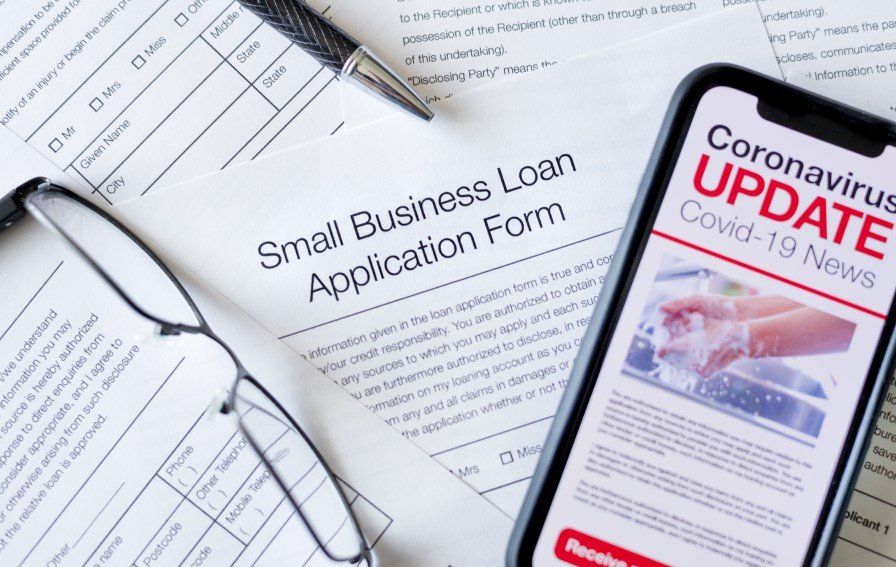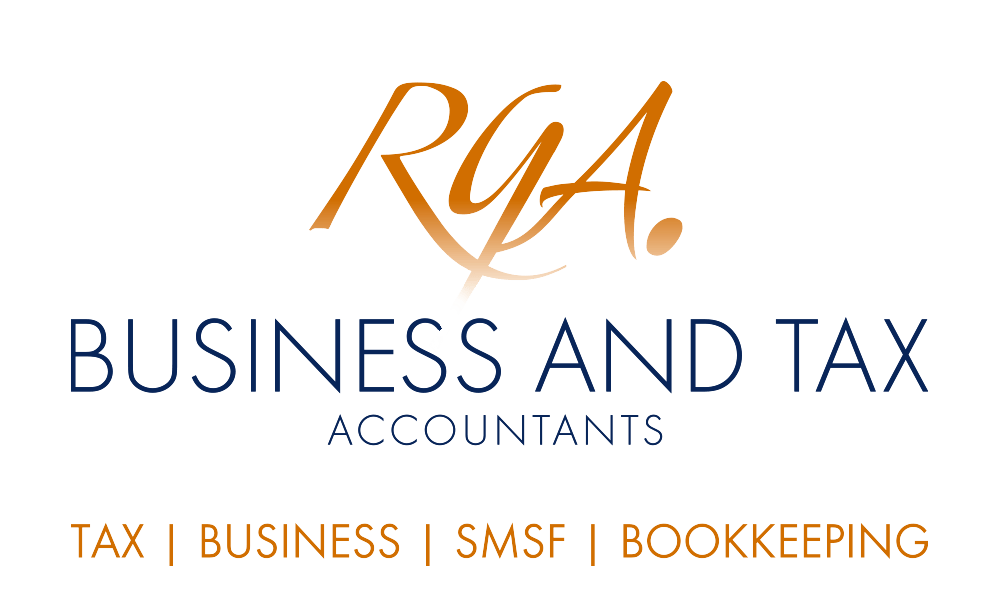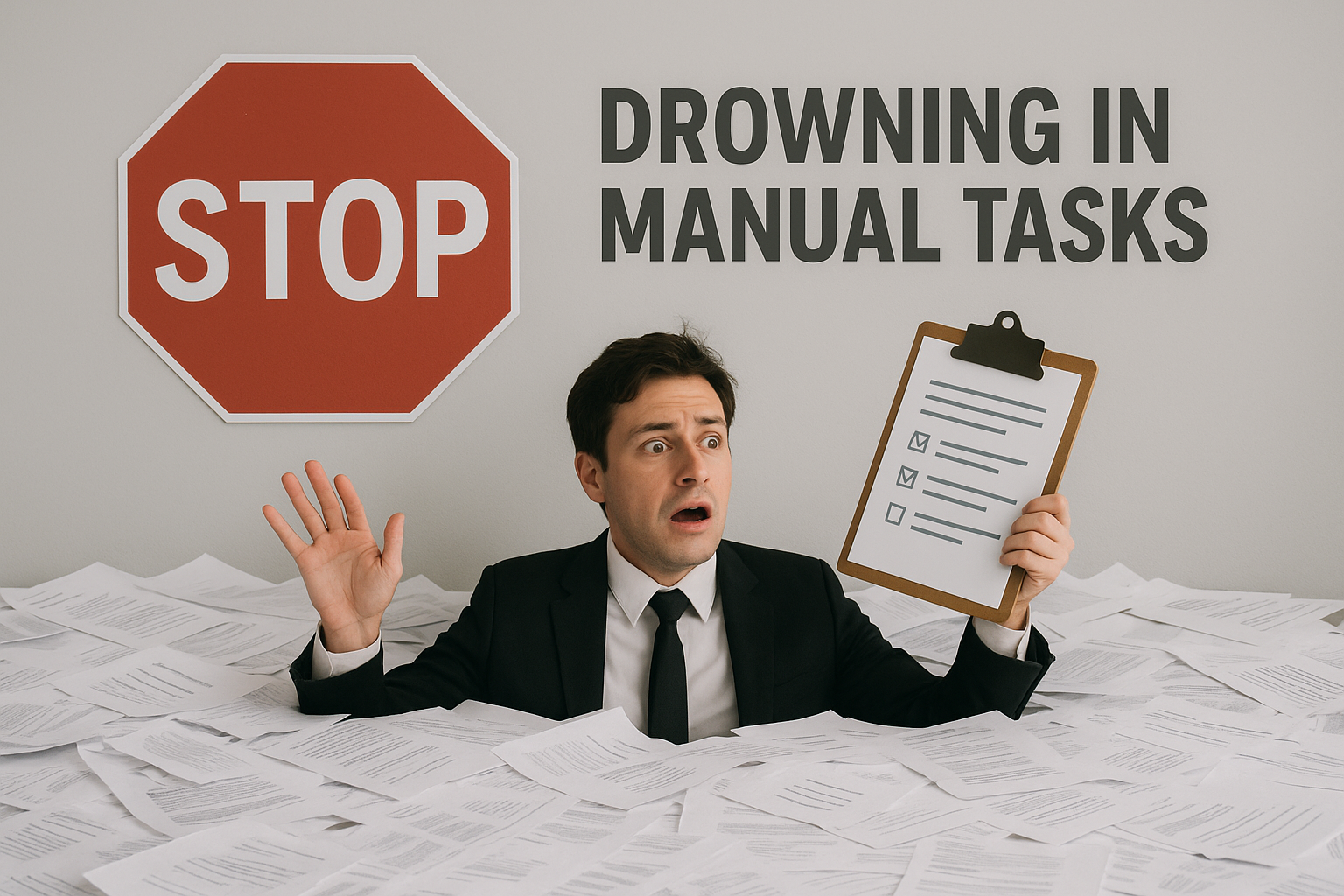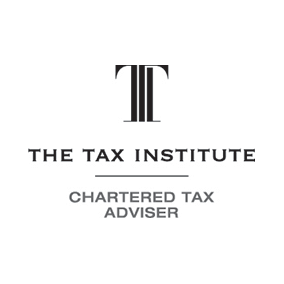Changes to the SME recovery loan scheme

As the omicron wave hits large parts of the country, many small to medium businesses may be feeling the pain. If your small to medium business is in need of some financial support, there is still time to apply for the government’s SME Recovery Loan Scheme. The end date of the scheme has been extended to 30 June 2022, although the eligibility conditions have also been slightly modified from 1 January 2022, so businesses wishing to apply may need to check to see whether they are eligible under the new conditions.
As a part of an economic package to help businesses recover from the impacts of the COVID-19 pandemic, the government provided cheap credit to qualifying small and medium enterprises in the form of the SME Recovery Loan Scheme. When it was first introduced, and until 31 December 2021, the government essentially guaranteed 80% of the loan amount.
“Around 80,000 loans worth approximately $7.3 billion have been written to date since the scheme commenced in March 2020.” – Treasurer, The Hon Josh Frydenberg MP
However, from 1 January 2022, “with [the] economy showing signs of strong rebound as restrictions ease”, the government guarantee has been reduced from 80% of the loan amount to 50% of the loan amount. The eligibility conditions have also been slightly fine-tuned with the scheme now due to end on 30 June 2022.
To recap, the scheme is available to eligible small and medium businesses with up to $250m turnover, including self-employed and non-profits. Previously, the scheme was also open to recipient of a JobKeeper payment between 4 January 2021 and 28 March 2021, and those businesses affected by floods in eligible LGAs in March 2021. This is no longer the case, and only those businesses that have been adversely economically affected by COVID-19 is eligible.
Eligible small and medium businesses can access up to $5m in total from participating lenders, this is in addition to the Phase 1 (ie unsecured capital loans of up to $250,000 for terms of up to 3 years) and Phase 2 (ie unsecured loans of up to $1m for terms of up to 5 years with a cap on interest rates) loan limits.
The Loans can be unsecured or secured and will generally be for terms of up to 10 years, with an optional repayment holiday period of up to 24 months. It can be used for a range of business purposes, including investment support, or refinancing pre-existing debt of an eligible borrower. For example, the loans can be used to purchase non-residential real property including commercial property or for the acquisition of another business.
While the exact interest rate will be determined by participating lenders, under the scheme, the maximum rate will be capped at around 7.5% with flexibility for interest rates on variable rate loans to increase if market interest rates rise over time.
Participating lenders are able to offer any suitable product to eligible businesses except for credit cards, charge cards, debit cards, or business cards. In addition, loans issued under the scheme to refinance existing loans cannot be used for the purposes of:
- purchase residential property;
- purchase financial products;
- lend to an associated entity; or
- lease, rent, hire or hire purchase existing assets that are more than half-way into their effective life.
Further, there will also be some restrictions on refinancing loans, including not allowing loans more than 30 days in arrears to be refinanced, and not allowing borrowers who have entered into external administration or are insolvent to refinance debts. Participating lenders include the big 4 banks plus a host of other smaller financial institutions and mutual societies.
Want to apply?
If you run a small or medium business and want to make use of this credit or would like to refinance and are not sure whether you qualify, your bank or finance broker may be able to assist. Or, contact us today for expert help and advice.









